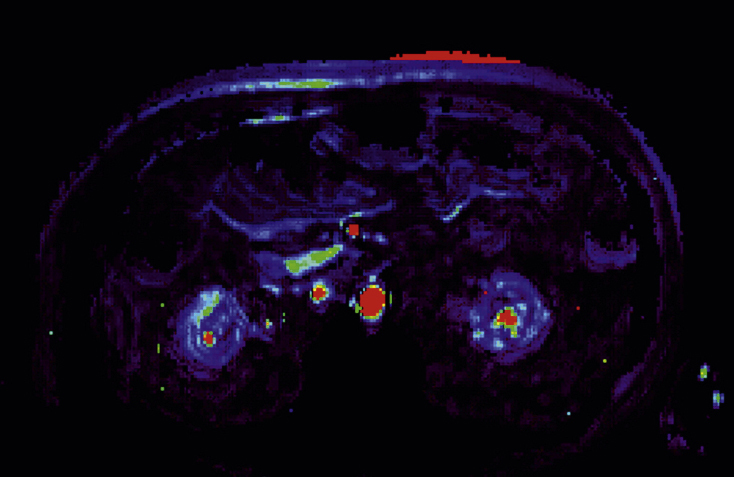nephroangiosclerosis /nef′rō·an′jē·ō′sklerō″sis/ [Gk, nephros + angeion, vessel, skleros, hard, osis, condition] , necrosis of the renal arterioles associated with hypertension. This condition is present in a small number of hypertensive individuals between 30 and 50 years of age. Early signs are headaches, blurring of vision, and a diastolic blood pressure greater than 120 mm Hg. Examination of the retina reveals hemorrhages, vascular exudates, and papilledema. The heart is usually enlarged, especially the left ventricle. Proteins and red blood cells are found in the urine. Heart and kidney failure may occur if the disease remains untreated. Treatment includes measures to lower blood pressure with diet and antihypertensive medications. Hemodialysis is used when preventive measures have failed. Also called malignant hypertension. See also hypertension, renal failure.

